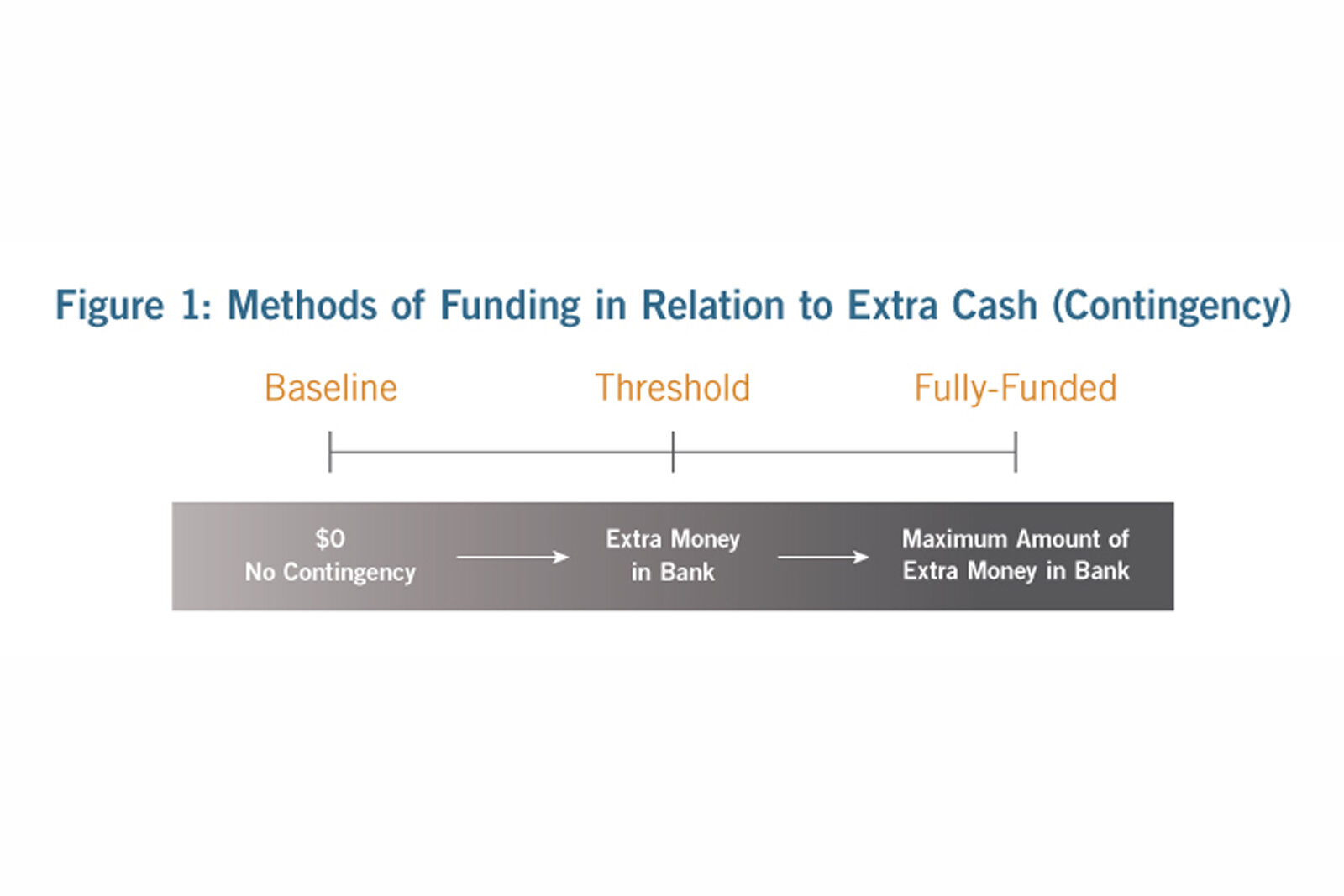The generous community association industry speaks out! We work with a lot of homeowner associations, and we get people asking us for referrals regularly. So we asked the experts: Our clients and contacts.
We sent the following e-mail out to our past and current clients in the Portland area:
My HOA clients keep asking me for lawyer referrals so, similar to my email and "List of Statisticians" blog post from 2013, I am now asking for referrals to lawyers who have experience and interest in working with HOAs. I will gather the list and their contact information, and share it with everyone who contributes. Of course, I will identify those lawyers who were referred most often.
These HOA clients of mine seem to be most interested in having a lawyer who is willing to think outside of a one-size-fits-all approach, is willing to push back against a "this is just how we do it around here" attitude, and helps by thinking about spending the HOAs hard-earned money as carefully as she would her own. Most of these HOA's are WAY past the time for construction defect litigation, so that expertise or specialty is of limited benefit to them.
Thanks in advance for the help.
The results were outstanding. Our clients & contacts responded with personal referrals to great attorneys they had worked with in the past.
Here's a brief breakdown of our results:
The most referred attorneys!
These attorneys received several referrals each:
Angela Bagby - Bagby Law Firm, LLC (T: 503-621-2774 E: angie@bagbylegal.com)
Stuart Cohen - Landye Bennett Blumstein, LLP (T: 503-224-4100 E: scohen@lbblawyers.com)
Kevin Eike - Aldrich Eike P.C. (T: 503-226-7045 E: kevin@aldrich-eike.com)
Anthony Rafel - Rafel Law Group (T: 503-808-9960 E: arafel@rafellawgroup.com)
Damon Henrie - Henrie & Smith, LLP (T: 503-593-8548 E: dhenrie@henriesmith.com)
These attorneys received more than one referral:
Dean Aldrich - Aldrich Eike P.C. (T: 503-226-7045 E: dean@aldrich-eike.com)
David Bennett - Landye Bennett Blumstein, LLP (T: 503 224-4100 E: dbennett@lbblawyers.com)
Frank Elsasser - Elsasser Law Office (T: 503-477-9116 E: frankelsasser@comcast.net)
Jason Grosz - Vial Fotheringham, LLP (T: 503-684-4111 E: jlg@vf-law.com)
James Guse - Barker Martin (T: 503-796-9806 E: jguse@barkermartin.com)
Karna Gustafson - Landye Bennett Blumstein, LLP (T: 503 224-4100 E: kgustaf@lbblawyers.com)
These attorneys were referred by our contacts:
Amanda Anderson - Barker Martin (T: 503-796-9806 E: aanderson@barkermartin.com)
Lori DeDobbelaere - Heinson & DeDobbelaere, LLC (T: 503-479-6223 E: lori@heinsonlaw.com)
Wallace Glausi - Ater Wynne, LLP (T: 503-226-1191 E: wag@aterwynne.com)
Susan Glen - Dunn Carney Allen Higgins & Tongue, LLP (T: 503-224-6440 E: sglen@dunncarney.com)
Andrew Hahs - Bittner & Hahs, P.C. (T: 503-445-4302 E: ahahs@bittner-hahs.com)
Roger Harris - Harris Berne Christensen, LLP (T: 503-968-1475 E: roger@hbclawyers.com)
Jason Hirshon - Slinde Nelson Stanford (T: 503-417-7777 E: jason@slindenelson.com)
Darin Honn - Sussman Shank, LLP (T: 503-227-1111 E: dhonn@sussmanshank.com)
Tom Johnson - Vial Fotheringham, LLP (T: 503-684-4111 E: tmj@vf-law.com)
Crystal Lewis - Marsh, Higgins, Beaty & Hatch, P.C. (T: 360-695-7909 E: crystal_lewis@marsh-higgins.com)
Matthew Lowe - Jordan Ramis, P.C., Attorneys at Law (T: 503-598-7070 E: matt.lowe@jordanramis.com)
George Mead - Mead Smith Law Firm (T: 503-656-4550 E: Not Available)
Robert Muth - Kilmer Voorhees & Laurick, P.C. (T: 503-224-0055 E: rmuth@kilmerlaw.com)
Jim Prichard - Ball Janik, LLP (T: 503-228-2525 E: jprichard@balljanik.com)
Stephen Russell - Landye Bennett Blumstein, LLP (T: 503 224-4100 E: srussell@lbblawyers.com)
Melinda Samis - Arbor Vista (T: Not Available E: Not Available)
Kyle Sturm - Ball Janik, LLP (T: 503-228-2525 E: ksturm@balljanik.com) - NOTE: Kyle has a specialty in insurance claims, so if you have any questions about whether or not your HOA issues or damage is (or should be) covered, give him a ring.
Dan Thenell - Thenell Law Group (T: 503-372-6450 E: dan@thenelllawgroup.com)
Joseph Tripi - Law Office of Joseph Tripi (T: 503-546-1505 E: joe@tripilaw.com)
Michael Vial - Vial Fotheringham, LLP (T: 503-684-4111 E: mjv@vf-law.com)
Peter Viteznik - Kilmer Voorhees & Laurick, P.C. (T: 503-224-0055 E: pviteznik@kilmerlaw.com)
Dan Webert - Barker Martin (T: 503-796-9806 E: dwebert@barkermartin.com)
Jacob Zahniser - Jordan Ramis, P.C., Attorneys at Law (T: 503-598-7070 E: jacob.zahniser@jordanramis.com)
Dan Zimberoff - Barker Martin (T: 503-796-9806 E: dzimberoff@barkermartin.com)
The full list of law firm referrals:
CAI
OWCAM
BOTH
INTERESTING CONVERSATIONS
Of course, any time one sends a message like this, interesting conversations are bound to happen. Here is the text of one of my exchanges that I liked:
If you will allow me a minute on my soapbox- Your email mentions a certain mentality that your HOA clients are looking to overcome. Some of the problem with the “this is how we always do it” mentality is that this same mentality is also pervasive among the attorneys who practice HOA law. There is a broad spectrum of legal, reasonable and effective HOA management and governance practices, but boards are often told it has to be done in a very narrow or specific way.
I also believe the reason for this mentality is that for years and years very few owners have challenged HOAs in court. It’s expensive, and there has been a void of HOA attorneys who are willing to accept individual owners as clients. As a result, there is a feeling of invincibility that is pervasive in the Community Association trade. I represent individual owners as well as the Associations and I see it in every single case: I will send a demand letter or call the HOA’s attorney to make some reasonable requests (usually as simple as “please follow the law”) and the Board and the HOA always entrench because there is no way they could be doing anything wrong. And I believe they think this way because their attorneys are telling them they are untouchable. For example, some of these attorneys publish marketing materials and instructions for how to run an HOA in compliance with the law. Then, with a straight face these same attorneys will tell me their clients aren’t breaking the law when they fail to do even the most basic of Association functions – in direct contravention of the language of these marketing materials and instructions. Once they entrench, a discussion that should end with these attorneys saying, “you are right- my client should have a reserve study because that’s a legal requirement” turns into a protracted fight that ultimately runs the little guy out of the Association or out of money- which ever happens first.
Finding an attorney who can help these communities- or individuals- for less than 300 dollars an hour, who understands HOA law and also has an appreciation of the financial, building science, non-profit corporation and political realities of HOA management and governance is difficult. But there are a handful of us out there.
For what it’s worth. And, thanks.
And my reply:
You know the movies where there is a Pentecostal church and the parishioners are jumping up and down and sweating and screaming "Haliejua!" and "You preach it brother! Preach it!!"? Well I was one of the parishioners while reading your message ;-)
Regards,
Pete Fowler









































